Athleisure gear has played an important role in the comeback of sportswear in fashion by combining usefulness and a clean, minimalist appearance. This fad, which promotes “transition” moments by wearing leggings and other yoga pants wherever and at any time, has gone viral and has now reached premium and luxury brands.
Everyone needs new sneakers, and carefully designed sports bras with straps and designs are the new standard. Activewear is the hottest fashion trend of the twenty-first century, and it’s here to stay. While Athleisure and Activewear are both linked to the health and wellness movement and a growing emphasis on diversity, they do, however, differ, and looking for the right fitness clothing manufacturer can be difficult.
This article will explain how these two are different, how they fit into one’s wardrobe, and to select the best one.
What Is Athleisure?
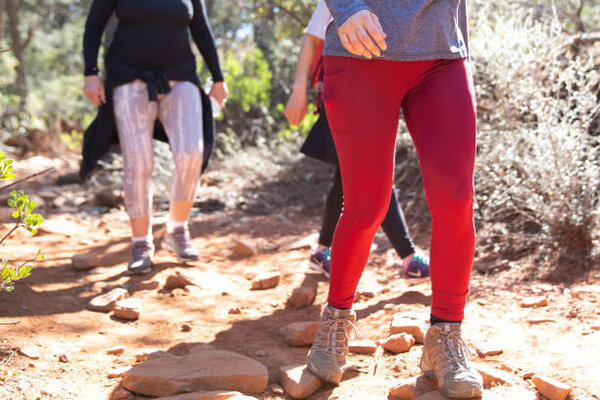
Athleisure clothing is best described as training apparel with a polished business-casual appearance. Athleisure is the fashion of the remote executive, who can exercise for ten minutes between meetings while still looking professional for their next video session. Athleisure combines fashionable tracksuits with Matrix-inspired workout gear.
Wearing athleisure allows anyone to leave the house or attend a meeting without seeming like one’s dressed for a jog. Most athleisure pieces combine fashionably with either sporty or business casual ensembles. Athleisure has grown in popularity since it is intended to satisfy the needs of today’s remote/hybrid professionals.
Moreover, Athleisure clothing, just like business casual attire, has a deeper color scheme with vivid accents. A personalized or snug fit is preferred in athleisure. Flowing jackets and blouses provide a subtle, airy transition from an outside workout to indoor or conference situations in the athleisure style.
Athleisure clothing is the fashion development of athletic wear and the current remote working lifestyle, combining comfort, mobility, and a professional appearance. How does someone tell the difference between athleisure, activewear, and sportswear? It all comes down to function and adaptability.
When shopping, people will always choose their favorite and trendy clothes. In a fast-paced environment, the style and versatility of each outfit impact what they can do and how frequently they will need to change their attire. This is the origin of the athleisure fashion trend.
People nowadays need clothing that may meet their daily needs without necessitating a wardrobe change. Customers need attractive, business-casual, flexible, and relatively breathable clothes, whether they are working from home, running errands, or squeezing in a brief workout between work calls.
Furthermore, the pandemic has changed the athleisure market worldwide. The shutdown closed yoga studios, gyms, health clubs, and other facilities that offered in-person group workout classes worldwide.
Yoga instructors, on the other hand, swiftly adopted online courses. Instagram influencers are used by more than 70% of firms in their marketing activities, and influencer marketing surged by 198% in 2021.
Consumers’ high fashion and health consciousness are the primary forces driving this trend. As a result, there is a greater need for fashionable and comfortable apparel.
In addition, the global market for athleisure goods was estimated to be worth USD 306.62 billion in 2021. It is anticipated to grow at a pace equivalent to 8.9% compound annual growth (CAGR) between 2022 and 2030.
When Did the Athleisure Movement Begin?

Athleisure clothing can date back to the late 19th century. Polo shirts were designed in the 1920s for tennis players as a lightweight alternative to long-sleeved clothing. Additionally, polo shirts used to be sporty wear, but not anymore.
As sports became more popular and people focused on fitness, clothing producers saw the value of providing exercise-specific apparel in various fabrics with moisture-wicking, breathability, and odor-wicking technology. More individuals bought athletic apparel as research and investment in enhanced business quality.
Athleisure is a term used to describe clothing that is designed to be worn both for exercising and for everyday activities. The athleisure trend started in the early 2010s and has continued to grow in popularity. There are many reasons why people love athleisure wear, including the fact that it is comfortable, stylish, and versatile.
The athleisure movement began in the early 2000s, with companies such as Lululemon and Athleta leading the way. These companies created clothing that was both functional and stylish and quickly gained a following among women who loved the idea of being able to wear (learn: Stay Warm and Stylish: Gym Wear for Winter Success) the same clothes for both working out and running errands. The trend has since been embraced by men and children as well, with more and more brands offering athleisure options for all ages and genders.
Athleisure wear is usually made from comfortable, breathable fabrics like cotton or spandex, which makes it perfect for activities like yoga or running. It is also often relatively affordable, which makes it a great option for people who want to build a versatile wardrobe on a budget. Overall, the athleisure trend is here to stay, and its popularity is only likely to continue to grow in the years to come.
What Is Activewear?
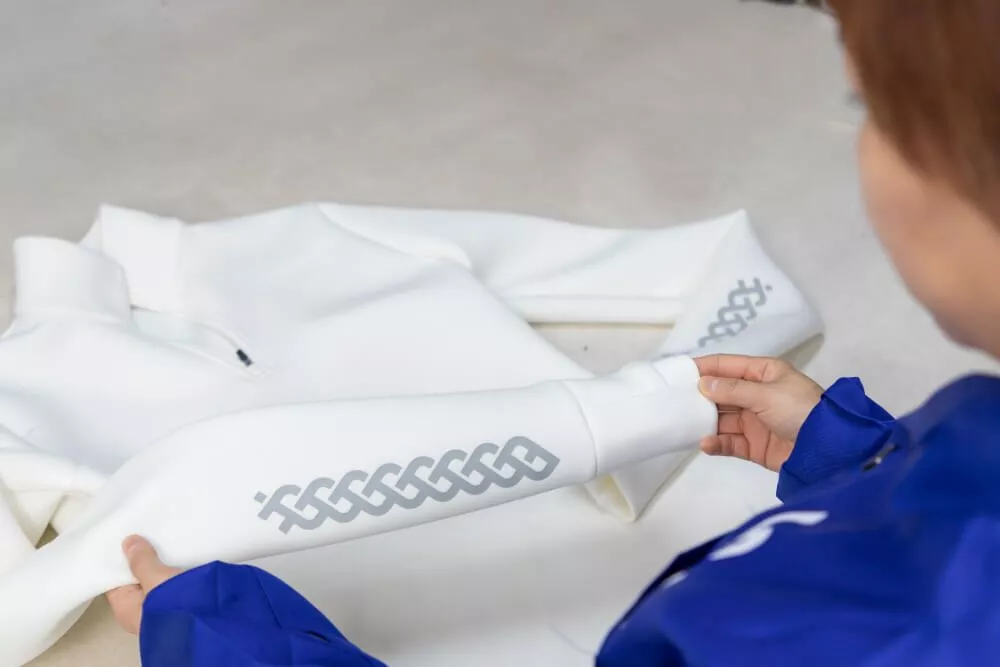
Outdoor activities such as sports, exercise, and vacation necessitate activewear. The purpose of activewear is to allow the wearer to move freely and enthusiastically. Activewear is constructed of breathable, quick-drying, figure-hugging fabric that is comfortable for the athlete.
Additionally, activewear is tailored to meet the needs of an athlete’s body during rigorous physical exercise.
Though activewear is designed with sports and exercise in mind yet, it is now available in almost every sort of clothing in some form as activewear. Unlike a ball gown, which is unlikely to be made of moisture-wicking or breathable materials, gowns that can be worn on a hike, to the tennis court, or brunch are available.
Similarly, fitness footwear can range from functional to fashionable, with fashion sneakers resembling platform sandals more than running shoes. Almost any piece of clothing can be converted into activewear. However, the following things are most commonly associated with activewear:
- Tank tops
- Crop tops
- crop leggings
- High-rise, Capri leggings
- Sweatshirts
- Running shorts
- Pullovers
- Sports bras with strappy racerbacks
- Hoodies
Activewear can also include sweat-wicking jackets, drawstring trousers with side pockets that are more likely to clothing when reclining at home, and crew neck sweaters for brisk treks to the yoga studio. In the end, there is no “good” or “wrong” sportswear; it often has much more to do with the material used than the garment itself. Moreover, activewear can also be purchased from wholesalers. For example, if you have bulk purchase needs for women’s joggers, then you can do some research and find product sources that involve in the wholesale women’s joggers business. These are generally comfortable and most importantly, they are among the best options for women who wish to be active. Most of the garments that can be found at wholesale prices are extremely high quality and offer incredible comfort at an affordable price.
Commonalities Between Athleisure and Activewear
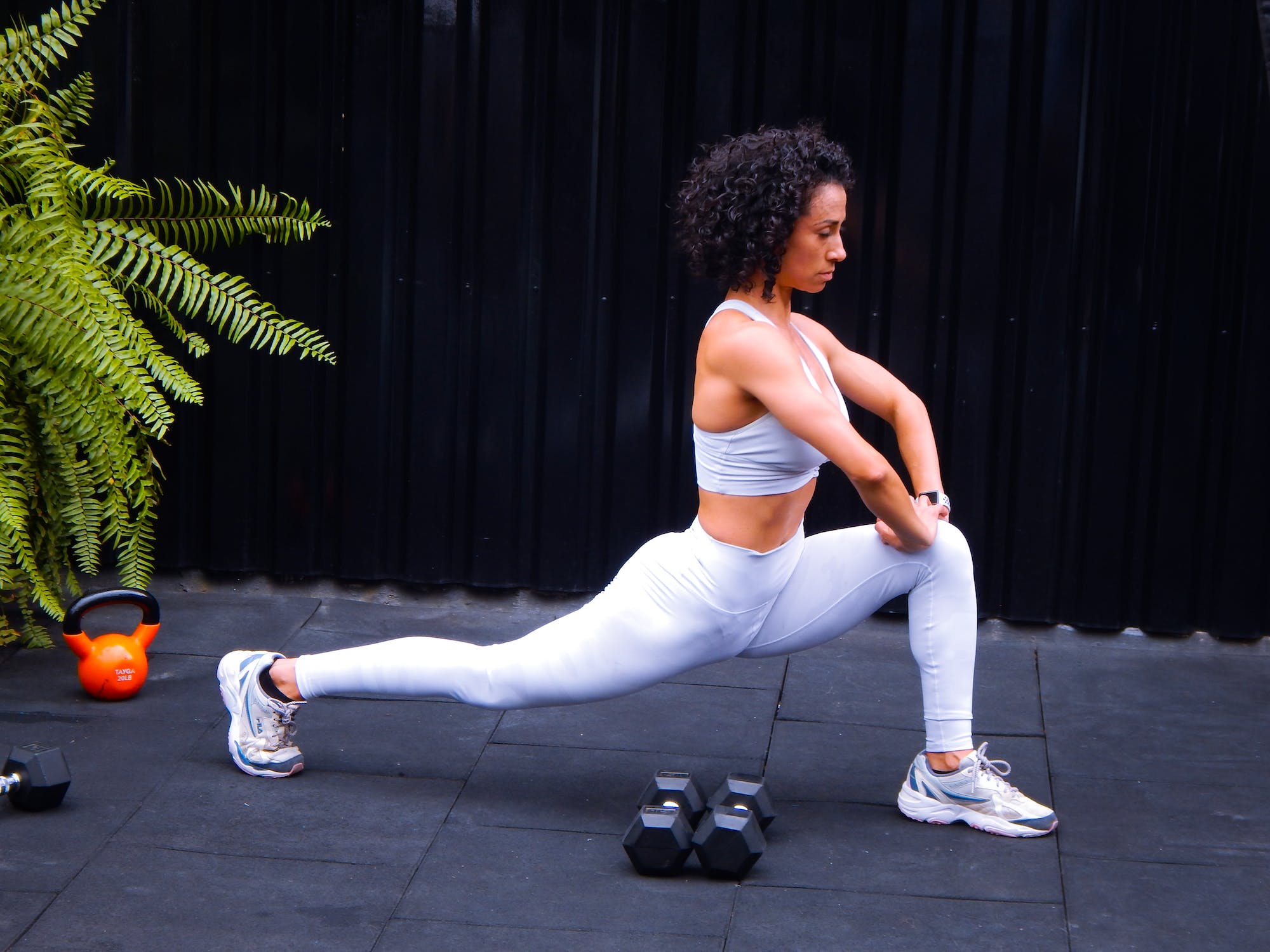
Athleisure and activewear are both types of clothing that are designed for comfort and performance. This is because they are both designed with physical activity in mind, and so breathability and moisture-wicking properties are typically prioritized. Both styles of clothing are typically made from breathable fabrics that wick away sweat and are often seen as being more casual than traditional workwear or formal wear. This makes them ideal for weekends or days when you want to dress down a bit. Finally, both styles of clothing often incorporate some kind of branding or logos, whether it be from the designer or from the company itself.
Difference Between Athleisure and Activewear

It is noticeable the shift in people’s clothing preferences when looking around. People are becoming more interested in athletic, and athleisure wear trends than ever before as health and fitness have become more popular.
Hoodies, leggings, tank tops, and sweatshirts are all popular now. They’ve become a staple of modern wardrobes and are increasingly being seen outside training facilities. If you haven’t already noticed, several A-list celebrities and fashion icons have been spotted wearing this extremely comfortable clothing.
Even though sportswear and athleisure are worn daily, the distinction between the two is critical. Athletic gear is divided into two categories: activewear and athleisure.
Let’s now look at how they differ.
- Activewear is intended for both an active and informal social life; it can be worn for exercise and turned into casual wear.
- Athleisure occurs at the crossroads of activewear and traditional sportswear. Initially intended for daytime or leisurewear but later adapted for formal contexts.
- Activewear clothing is more versatile, trendy, functional, and comfortable.
- Athleisure is more popular since it combines the aesthetics of the fashion and sports industries. As a result, fashion enhances the respectability of sports, while sports provide practicality to the fashion business.
- Activewear is typically designed for specific activities, such as running, hiking, or cycling. As such, it often has features that athleisure does not, such as reflective striping or zip pockets.
- Activewear is usually made from slightly different fabrics than athleisure; these fabrics are often heavier and more durable, as they need to stand up to more wear and tear.
- Activewear tends to be more brightly colored and patterned than athleisure; this is because it is designed to be visible when participating in activities outdoors.
Pros and Cons Between Athleisure and Activewear

Activewear and athleisure are sometimes misinterpreted. There are, nevertheless, substantial distinctions between the two. Here are some advantages and cons of both forms of clothing:
Activewear, also known as performance wear or athletic wear, is clothing designed to be worn while participating in sports or other physical activity. It is typically made from quick-drying, breathable fabrics that help keep the wearer cool and comfortable. Activewear is available for both men and women in a variety of styles, including shorts, pants, shirts, jackets, and more.
There are several pros and cons to consider when it comes to activewear.
Pros of activewear
- Comfortable to wear. The fabrics used in activewear are designed to be lightweight and comfortable, so you can move around easily without feeling restricted.
- Breathable. The fabric used in activewear is typically porous, which means it allows air to circulate and helps keep you cool and dry.
- Durable. The fabrics used in activewear are often resistant to tearing and abrasion, so they can withstand a lot of wear and tear.
- Easy to care for. Most activewear is machine-washable, so you can throw it in with the rest of your laundry without any special care.
Cons of activewear
- Expensive. Depending on the brand and style, activewear can be quite pricey.
- Not always flattering. The tight-fitting nature of some activewear can accentuate flaws and make you look larger than you actually are.
- Can be uncomfortable. If you choose the wrong size or style, activewear can be quite constricting and uncomfortable to wear.
- Can be difficult to find. If you don’t live near a sporting goods store, (learn: The Ultimate Guide to Starting a Sporting Goods Store in 2022) it can be tough to find activewear that fits your needs.
Now, about Athleisure. Athleisure is a term used to describe clothing that is designed to be worn both during and after exercise. While the term can be applied to any type of clothing, it is most commonly used to describe yoga pants, (learn: Yoga Pants vs Leggings: Key Differences You Need To Know) leggings, and other form-fitting garments. There are several pros and cons to consider when it comes to athleisure.
Athleisure pros
- Comfortable to wear. Both during and after exercise.
- Made from moisture-wicking fabrics. Which helps to keep you cool and comfortable (learn: Choosing the Best Clothes for Hot Yoga: Tips for Keeping Cool and Comfortable) during exercise.
- Usually designed to be form-fitting. Which can help to flatter your figure.
- Easy to care for. It also does not require special laundering instructions.
Athleisure con
- Often made from synthetic fabrics. It may not be as breathable as natural fibers.
- Often tight-fitting. It can be uncomfortable if you are not used to wearing form-fitting clothing.
- Can be difficult to find. This means in sizes outside of the standard range (XS-XL).
How Has the Industry Evolved?
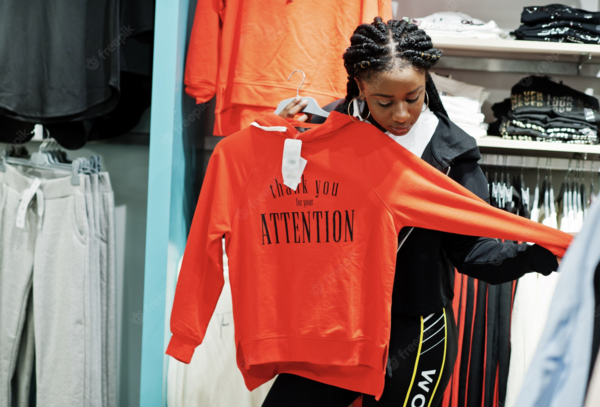
Although activewear sportswear was growing increasingly popular in the early 1900s, it was yet to be a staple of the average consumer’s wardrobe. Activewear solely serves the wearer in terms of performance, for instance, professional players and functionality in a certain sport or physical activity. Moreover, the clothing worn by these athletes was more uniform in appearance and had yet to be made to be more attractive.
The athleisure business must maintain trendy and comfy designs due to the activewear sector. On the other hand, a reduction in market share pushes fashion designers to prioritize trend creation over comfort and usefulness.
Why Is Athleisure So Famous?
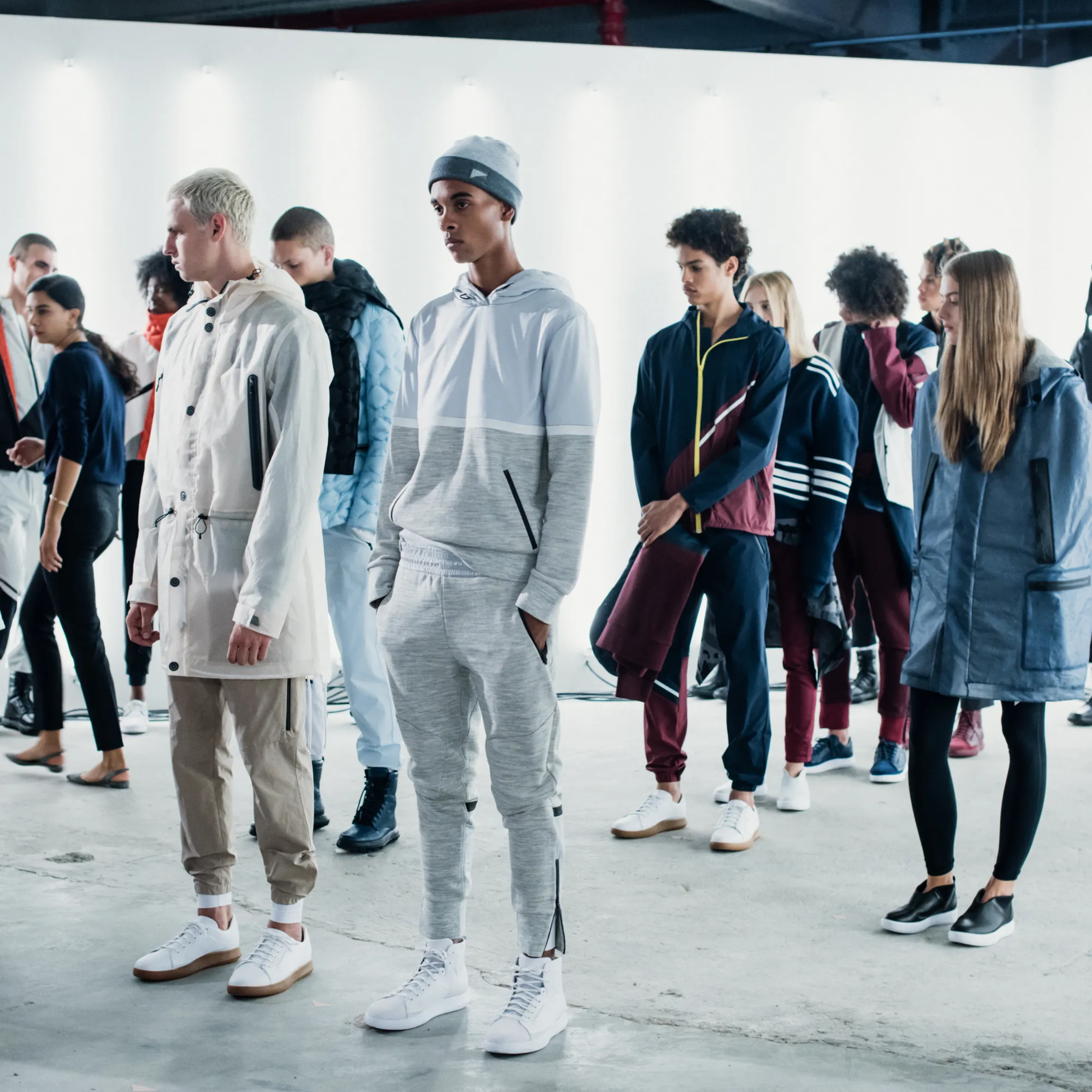
Athleisure is a popular fashion trend that blends activewear and “loungewear” attire. People can construct aesthetically pleasing and practically valuable ensembles by mixing and matching their clothes. While activewear has been around for decades, athleisure clothing has only gained popularity in recent years.
There are several reasons for the popularity of athleisure. First, the rise of social media has made it easier for people to share photos and videos of themselves working out or participating in other activities. This has led to an increase in the number of people who are interested in fitness and health. Second, athleisure clothing is often more affordable and this makes it accessible to a wider range of people. Third, athleisure clothing is usually more comfortable than traditional clothing, which makes it ideal for people who want to be comfortable while they are working out.
However, many companies sell athleisure clothing that can be worn in other settings. For example, some athleisure clothing is designed to be worn during the day and then taken off at night. This allows people to have the best of both worlds – they can wear comfortable clothing while working out, and then take it off when they are done.
Conclusion
It is up to the person to choose what kind of clothing they feel most comfortable in. Both athleisure and activewear have the potential to communicate a specific message to the world. Always make sure to choose the right clothes that feel comfortable and wear them with confidence.
It is essential to take into consideration the level of quality offered by a fitness clothing manufacturer before purchasing their products for commercial use. It’s best to collaborate with Uga. Not only are they a manufacturer of trendy styles of sportswear, yet they also provide services related to private-label activewear. These services include the production of logos and brands, printing and packaging, and production management.
Get in touch with UGA now to take advantage of their high-quality products and services.

